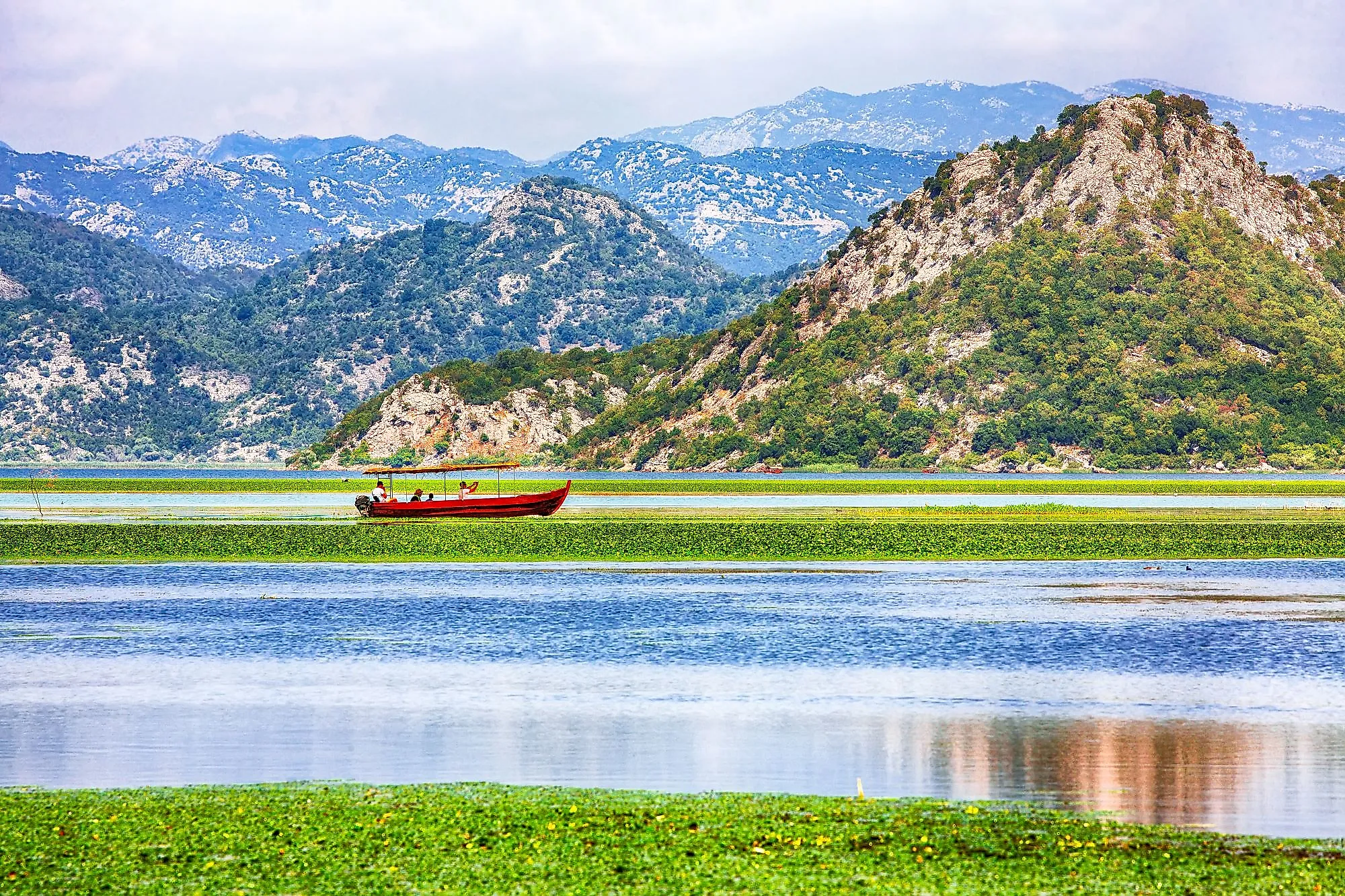
Lake Skadar
Lake Skadar is Balkan Peninsula and Southern Europe’s largest lake by surface area. This gorgeous lake, also referred to as Shkodra, Shkoder, and Scutari, is located on the boundary of Albania and Montenegro. One-third of its area is in Albania, and the remaining part is in Montenegro. Lake Skadar is one of the few untouched lakes in Europe, either through commercialization or development, and hosts diverse habitats and wildlife, including the endangered Dalmatian pelican and black tern. Besides the natural beauty, ancient churches, monasteries, and fishing villages are common sites around the lake.
Location
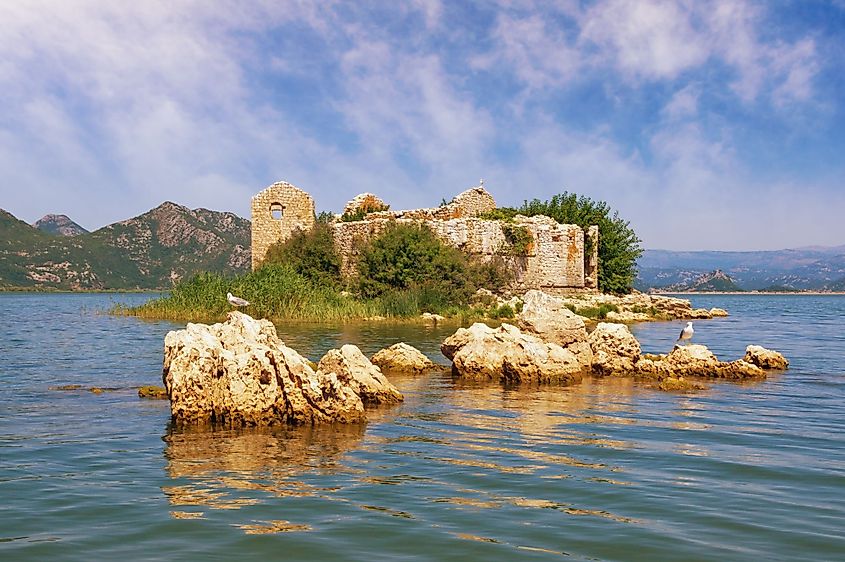
Lake Skadar is a lake in Southern Europe located in the western Balkan Peninsula, on the boundary between Albania and Montenegro. However, the majority of the lake is in the southeastern part of Montenegro. The lake’s eastern third occupies parts of Shkoder County in northern Albania. The lake derives its name from the city of Shkoder, the county’s capital and Albania’s 5th largest city. In Montenegro, the lake is located on the border of Coastal and Central Regions, between Bar Municipality and Podgorica Capital City, with the western tip extending into southeastern Old Royal Capital Cetinje. The lake’s narrow northern extension occupies the area between Tuzi Municipality (Montenegro) and Shkoder (Albania). Lake Skadar is only 41 kilometers southeast of the Adriatic Sea.
Description
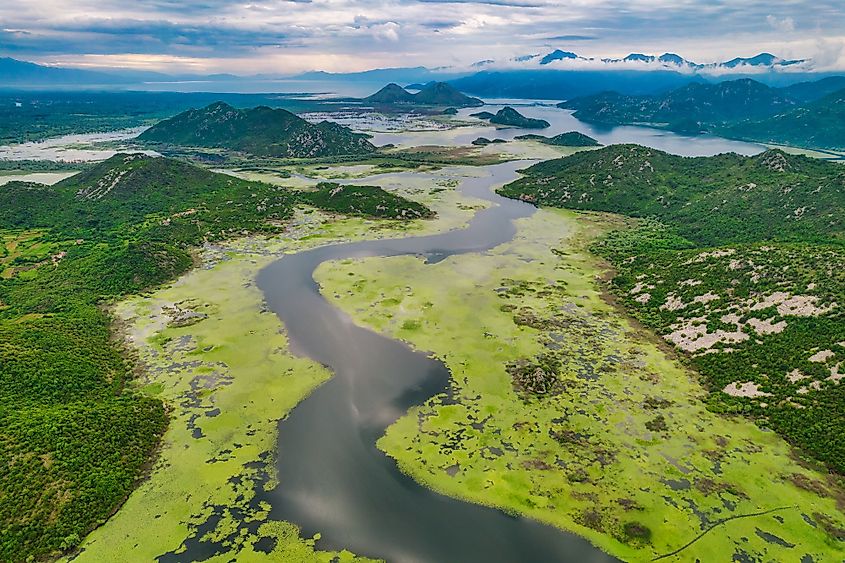
Lake Skadar is the Balkan Peninsula and Southern Europe’s largest lake. However, it is the 35th largest lake in Europe, with the surface area varying from 370 to 530 square kilometers. The lake extends from northwest to southeast, with about three-thirds of its surface area being part of Montenegro territory. Lake Skadar has a maximum length of 44 kilometers and a width of 14 kilometers. The water level in the lake varies with season, reaching a maximum level of 9.8 meters during the wet season, but does not go below 4.7 meters. The lake stretches 530 square kilometers when the water level is at the highest level. It has a shoreline of 207 kilometers and can contain up to 1.9 cubic kilometers of water. The lake drains an area of approximately 5,490 square kilometers.
Geography
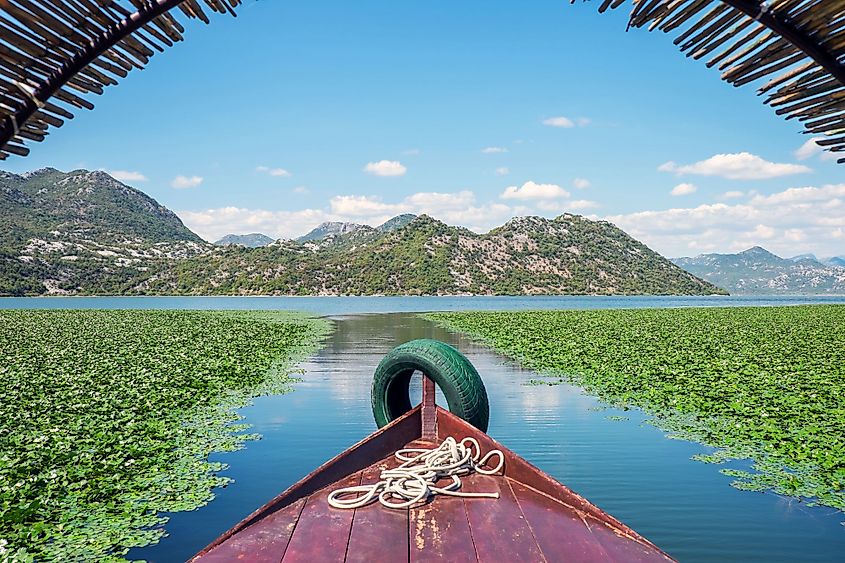
Lake Skadar is connected to the Mediterranean’s Adriatic Sea via the 41-km long Bojana River (Bojana is the lake’s primary outlet). Skadar is also linked to the Ohrid Lake, one of Europe’s oldest and deepest lakes, via the Drin River. The lake is an example of a cryptodepression, meaning that its surface area is below the average sea level. It receives much of its water from the Moraca River, which originates from Mount Rzaca in northern Montenegro. This river accounts for 62% of the water flowing into the lake. The lake also receives water from several karstic springs. Some islands can be found on the lake’s southwestern side, including Grmozur and Beska. The lake and the surrounding area within the Montenegro territory are protected as Lake Skadar National Park, while the Albanian portion is designated as a Ramsar site and a nature reserve.
Flora and Fauna
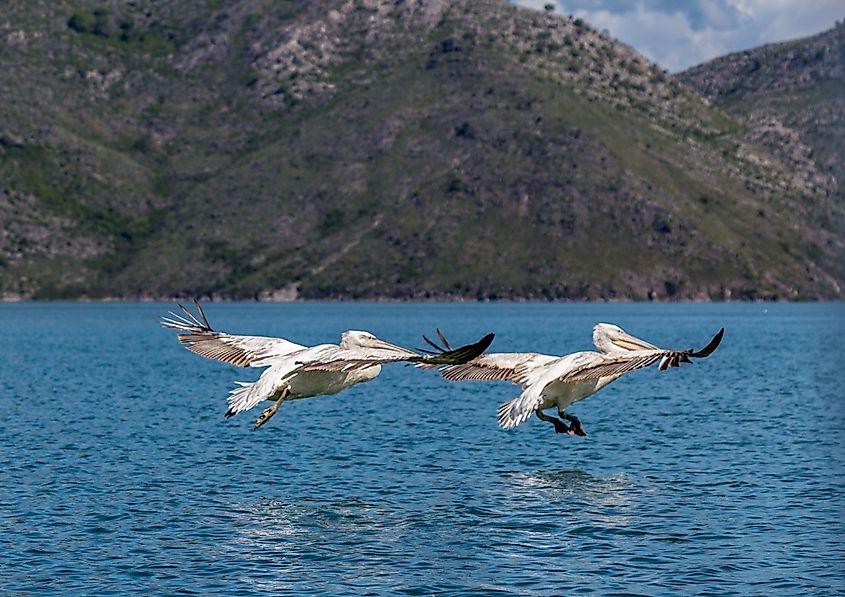
Lake Skadar is a biodiversity hotspot and a wetland of international importance. It contains more than 20 endangered and rare plant species, including orchids, Dalmatian crocus, and water chestnuts. Bamboos are also common along the shores, while water lilies and other flowers grow in the marshes. The lake also contains hundreds of algae, of which most are rare and unique. The surrounding landscape is covered by forests containing mostly oaks and willows. Lake Skadar is one of Europe’s largest bird reserves with 270 species, making it a popular place for birders. However, 90% of the birds in the area are migratory birds, including spoonbills, white egrets, and ducks. The lake also hosts Dalmatian pelicans, yellow herons, seagulls, and cormorants. About 50 fish species are found in the lake, of which 18 are endemic. Most common fish species include carps, sturgeons, bass, and eels. The lake also contains around 50 freshwater snail species, of which 31% are endemic. Other species found in the lake include water snakes, dragonflies, and otters.











